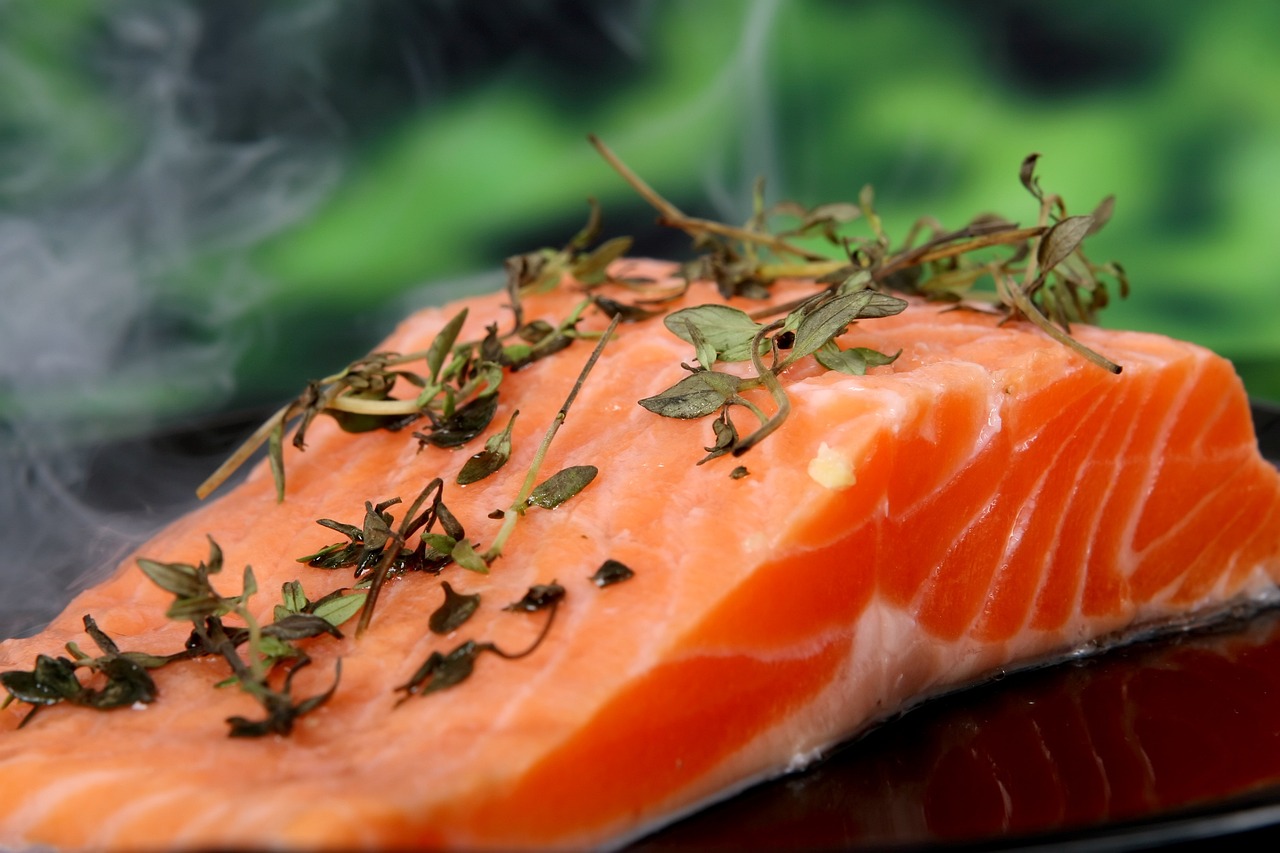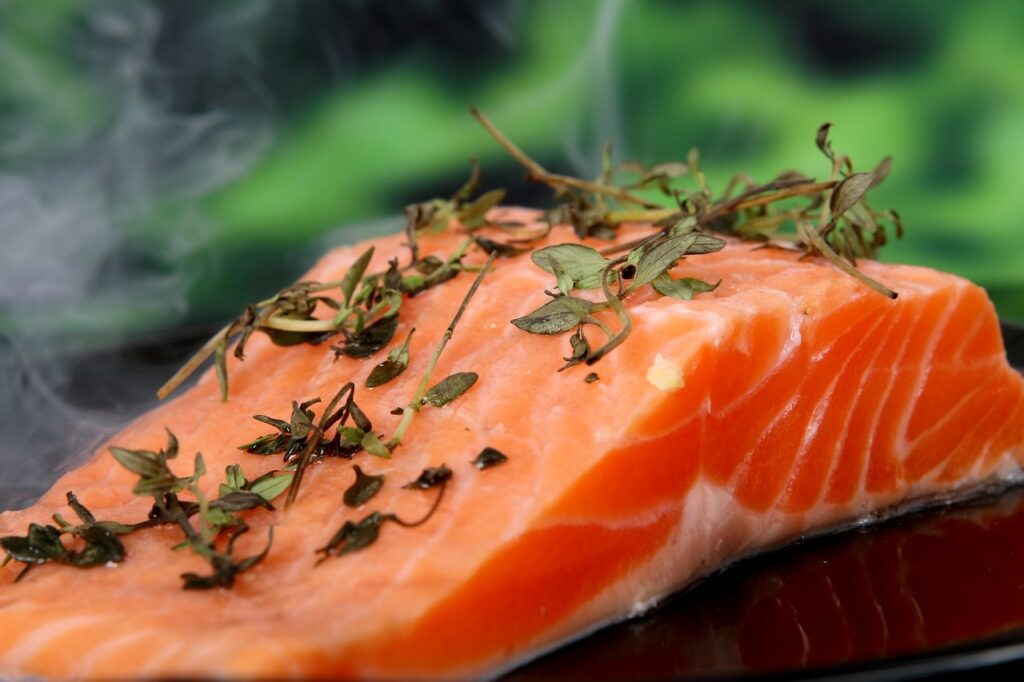
Farm-To-Table: Cooking With Seasonal Produce
Do you want to take your cooking to the next level? One way to do that is by using seasonal produce in your meals. Not only is it better for the environment and local farmers, but it also tastes better and is more nutritious.
When you choose ingredients that are in season, you are getting produce at its peak freshness and flavor. Plus, you can feel good about supporting your community by purchasing from local farmers.
And let’s not forget about the health benefits – seasonal produce is often higher in nutrients because it hasn’t had to travel far or be stored for a long time. So why not take advantage of what’s in season and elevate your cooking game?
Benefits of Using Seasonal Produce in Cooking
Using seasonal produce in your cooking not only helps support local farmers but also ensures that you’re getting the freshest and most flavorful ingredients possible.
In addition to these benefits, cooking with seasonal produce also has numerous health benefits. Seasonal produce is harvested at its peak ripeness, meaning that it contains the highest levels of nutrients and antioxidants. Consuming these nutrients and antioxidants can help boost your immune system, reduce inflammation, and improve overall health.
Using seasonal produce in your cooking can also have a positive environmental impact. When you buy produce that is in season, you’re supporting local farmers who are using sustainable farming practices. This means that the produce is grown without the use of harmful pesticides and chemicals, reducing the amount of pollution in the environment.
Additionally, buying local produce reduces the amount of transportation needed to get the food to your plate, decreasing the carbon footprint of your meal.
Overall, cooking with seasonal produce is a win-win for both your health and the environment.
Winter Produce: Root Vegetables and Citrus Fruits
With winter in full swing, it’s time to embrace the hearty flavors of root vegetables and the bright acidity of citrus fruits. Root vegetables such as carrots, parsnips, beets, and turnips are perfect for roasting. Roasting brings out their natural sweetness and enhances their earthy flavors. To add more depth to the dish, try pairing them with herbs such as rosemary or thyme. You can also add a spicy kick with some chili flakes or cumin.
Roasted root vegetables are not only delicious but also a great source of fiber, vitamins, and minerals. Citrus fruits such as oranges, lemons, and grapefruits add a burst of freshness to any dish. Their bright acidity balances the richness of roasted root vegetables perfectly.
You can use citrus fruits in salads, dressings, or sauces. For a simple yet flavorful side dish, try roasting sliced citrus fruits with some honey and cinnamon. The caramelization of the honey and the warmth of the cinnamon complement the tanginess of the citrus fruits. Winter produce offers a wide range of flavors and textures that can be enhanced with roasting techniques and flavor pairings.
Spring Produce: Asparagus, Peas, and Strawberries
As you venture into the spring season, your taste buds will be delighted by the fresh flavors of asparagus, peas, and strawberries. These three ingredients are versatile and can be used in a variety of dishes.
For a simple yet delicious meal, try roasting asparagus and peas with garlic and lemon, then tossing them with pasta and parmesan cheese. Or, make a creamy risotto with asparagus and peas, topped with crispy prosciutto.
When it comes to strawberries, they’re often thought of as a sweet treat for desserts. But there are also creative ways to use them in savory dishes. Try adding sliced strawberries to a spinach salad with goat cheese and balsamic vinaigrette for a refreshing twist. Or, make a strawberry salsa to serve with grilled chicken or fish. The sweetness of the strawberries pairs perfectly with spicy jalapenos and tangy lime juice.
With these recipes featuring asparagus and peas, and creative ways to use strawberries in savory dishes, you’ll be sure to impress your guests at your next farm-to-table dinner.

Summer Produce: Tomatoes, Corn, and Stone Fruits
Get ready to indulge in juicy tomatoes, sweet corn, and succulent stone fruits during the summer months. These seasonal ingredients are perfect for grilling recipes, such as grilled corn on the cob or grilled peaches with a dollop of whipped cream. You can also use them in refreshing salads or as toppings for pizzas and sandwiches.
To make the most out of the summer produce, it’s important to use preserving techniques such as canning, freezing, or pickling. You can preserve tomatoes by making homemade tomato sauce or salsa, and freeze corn kernels to use throughout the year. Stone fruits can also be canned in syrup or made into jams and preserves.
With a little bit of effort, you can enjoy the flavors of summer all year round.
Fall Produce: Squash, Apples, and Pears
You can’t help but feel warm and cozy as you roast up some delicious fall produce like squash, apples, and pears. Fall recipes are all about comfort and hearty meals to keep you satisfied during the colder months.
Squash, such as butternut and acorn, make the perfect base for soups and stews. They can also be roasted and served as a side dish with a sprinkle of cinnamon and nutmeg for added warmth.
Apples and pears are also staples of fall produce and can be used in a variety of creative dishes. Try slicing them thinly and adding them to a salad with some crumbled goat cheese and a balsamic vinaigrette. Or, for a sweet treat, bake them into a crisp or pie with some warm spices like cinnamon and ginger.
The possibilities are endless with fall produce, so get creative and enjoy the flavors of the season.
Frequently Asked Questions
How do I know which seasonal produce is currently available in my area?
To find out which seasonal produce is currently available in your area, check out local farmer’s markets or online resources. Consider signing up for community supported agriculture or seasonal produce subscriptions for a regular supply of fresh, local fruits and veggies.
Can I still use imported produce in my farm-to-table cooking?
When it comes to using imported produce alternatives, ethical considerations should be taken into account. While it’s possible to incorporate them in your cooking, it’s important to balance your desire for variety with supporting local growers.
How do I properly store seasonal produce to prolong its freshness?
To keep seasonal produce fresh longer, store them properly. Use airtight containers, keep them dry, and refrigerate some fruits and veggies. Additionally, avoid washing them before storage as moisture can lead to spoilage.
Are there any health benefits to using seasonal produce in my cooking?
Using seasonal produce in your cooking has many benefits. It is fresher, contains more nutritional value, and is often less expensive. By choosing seasonal produce, you can support local farmers and enjoy the health benefits of fresh, wholesome ingredients.
What are some creative ways to use seasonal produce in my dishes?
Get creative with seasonal pairings and cooking techniques! Try grilling peaches for a sweet and smoky twist on a summer salad, or roasting Brussels sprouts with maple syrup and bacon for a cozy fall side dish.
Conclusion
Congratulations! You now have a better understanding of the benefits of using seasonal produce in your cooking. By choosing ingredients that are in season, not only are you supporting local farmers and reducing your carbon footprint, but you’re also getting the freshest and most flavorful produce available.
Remember, each season offers a variety of fruits and vegetables that are perfect for creating delicious and healthy meals. From root vegetables and citrus fruits in the winter, to asparagus, peas, and strawberries in the spring, to tomatoes, corn, and stone fruits in the summer, and squash, apples, and pears in the fall, there is always something new and exciting to try.
So, next time you’re at the market or grocery store, take a moment to look for what’s in season and let your creativity in the kitchen shine!

Comments (0)